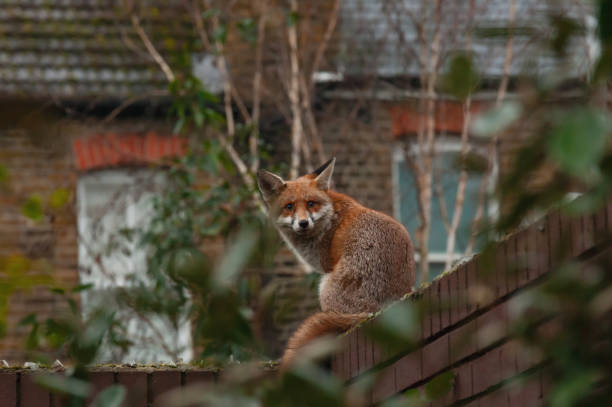"Unveiling the Intriguing World of Urban Foxes: An In-depth Study"
The shift in the habitat of foxes from rural to urban settings has stirred intrigue among wildlife enthusiasts and researchers alike. This article delves into the fascinating world of urban foxes, exploring their adaptations, challenges, and the implications of their presence in cityscapes.

The Emergence and Adaptation of Urban Foxes
Historically, foxes were associated with rural and wild settings. However, over the last few decades, sightings of these animals in urban areas have increased significantly, sparking interest and curiosity. The urban fox phenomenon is believed to have taken root during the 1930s in the UK, triggered by rapid urban expansion. Urban foxes have displayed remarkable adaptability, thriving in cityscapes that starkly contrast their natural habitats.
The Urban Fox Lifestyle: What Makes the City Attractive?
In contrast to their rural counterparts, urban foxes have access to a steady supply of food, primarily from human waste. This relative abundance of resources, coupled with the lack of natural predators, is believed to have influenced their shift towards city life. The nocturnal habits of foxes also allow them to navigate urban environments relatively undisturbed during the night, reducing potential conflicts with humans.
Challenges Faced by Urban Foxes
Despite the apparent benefits, urban life is not without its challenges for foxes. The risk of disease, road traffic accidents, and human conflict can pose significant threats to their survival. Recent reports suggest an increase in mange and other diseases among urban fox populations, highlighting the potential health risks associated with city life.
Impact on Human Lives and Ecosystem
The presence of foxes in urban areas has elicited mixed reactions. While they play a crucial role in controlling rodent populations, they can also be a nuisance, particularly when they rummage through garbage or make loud noises. Furthermore, their potential to transmit diseases to pets and humans remains a concern.
The Future of Urban Foxes: Conservation Efforts and Research
While the urban fox phenomenon continues to pique interest, it also underscores the need for further research and conservation efforts. Understanding the behaviors, dietary habits, and disease risks of urban foxes can aid in developing effective strategies to ensure their survival and manage their interactions with humans.
Conclusion
The emergence of urban foxes offers a fascinating glimpse into the adaptability and resilience of wildlife in the face of rapid urbanization. As we continue to explore this intriguing world, it is crucial that we balance the coexistence of humans and wildlife, ensuring the survival and well-being of our urban-dwelling counterparts.




